Aurora launches autonomous heavy goods vehicles in Texas
In the future, you may encounter electric trucks without drivers on Interstate 45 in Texas. Aurora Innovation recently launched a regular transport service with self-driving articulated trucks on the north-south corridor between Houston and Dallas. The Pittsburgh-based company, which was founded in 2017, claims to be the first company ever to operate a commercial service with heavy, self-driving trucks on public roads. This is made possible by the ‘Aurora Driver’, an SAE Level 4 driver assistance system that “is first being deployed in long-haul trucking,” as the initiators wrote.
To explain: Level 4 is also referred to as “fully automated driving” on the scale of automated driving, which ranges from one to five. This means that the vehicle can complete journeys on certain routes completely independently and can also drive without occupants. At level 4, the system recognises its limits in good time so that it can reach a ‘safe state’ in accordance with the rules, for example by driving to a car park. The only difference to fully autonomous driving is that the vehicles are limited to certain routes. At level 5, vehicles must be able to cope with all traffic situations regardless of location.
Texan authorities have given the green light
In order to be allowed to drive on public roads, Aurora has undergone a safety procedure prescribed by the Texas authorities. As part of this process, the company also published a report containing details on the area of application of the ‘Aurora Driver’ and on topics such as cyber security, remote assistance and other safety-related aspects.
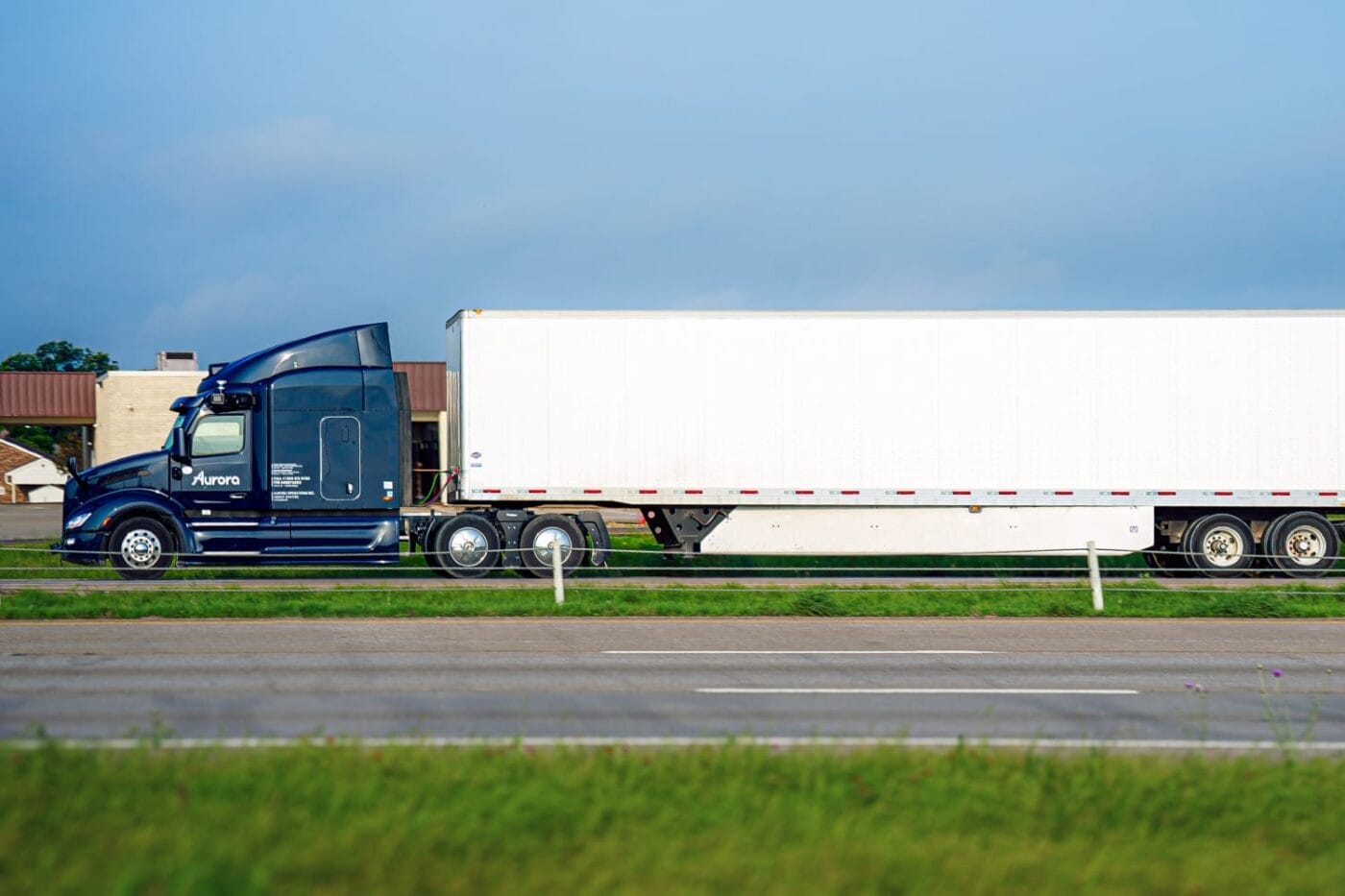
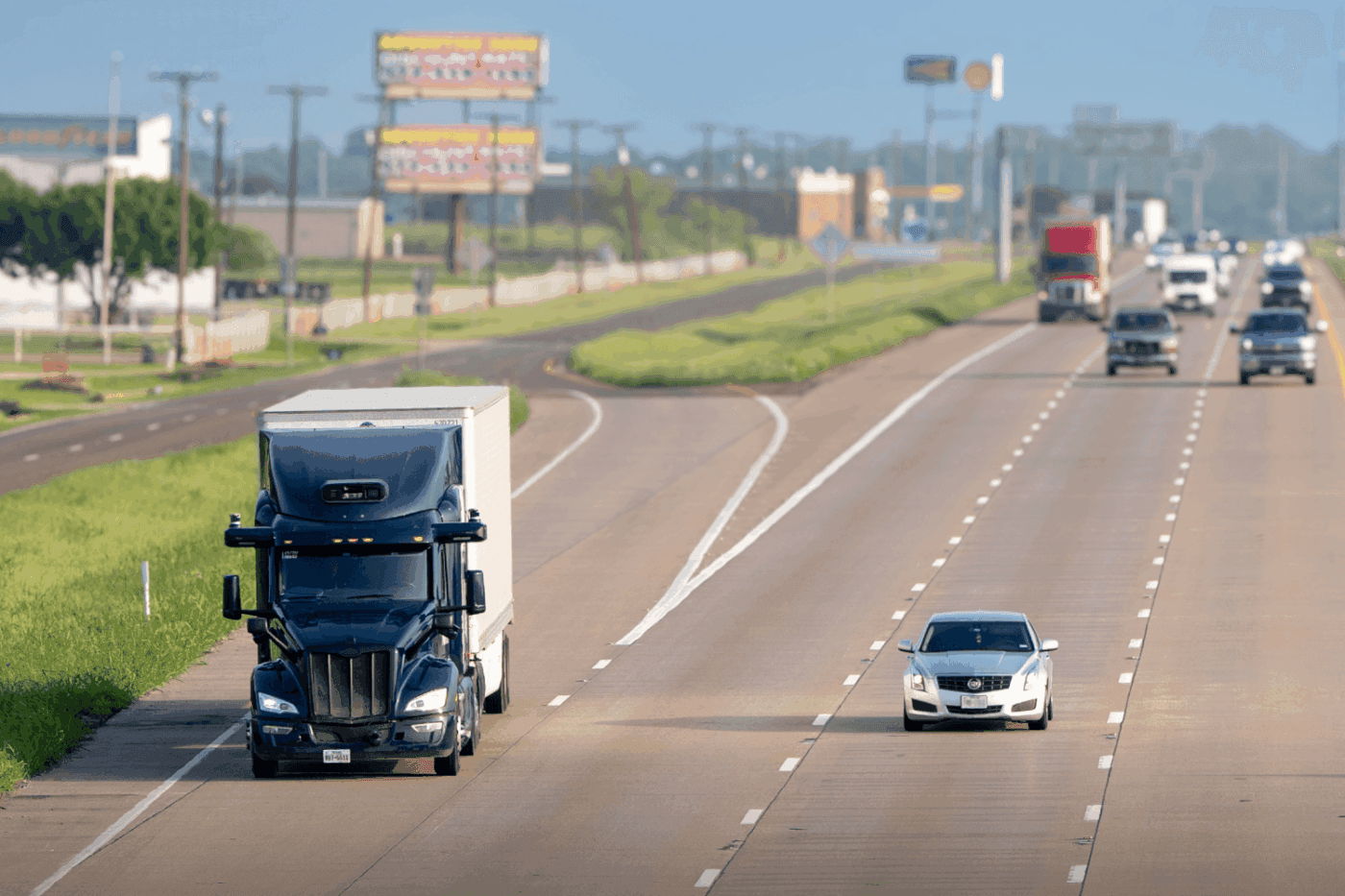
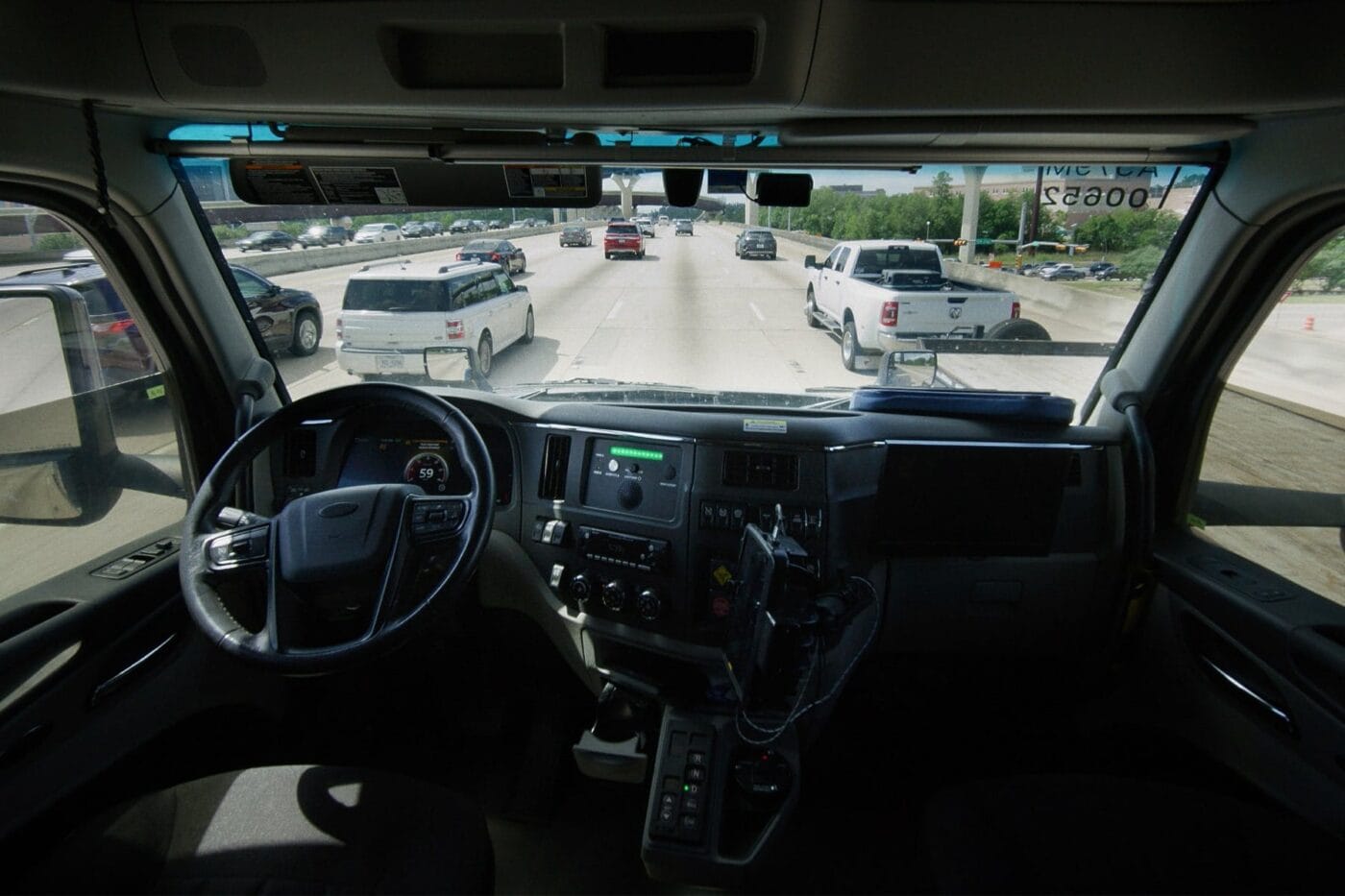
“We founded Aurora to deliver the benefits of self-driving technology safely, quickly, and broadly,” says co-founder and CEO Chris Urmson. “Riding in the back seat for our inaugural trip was an honor of a lifetime – the Aurora Driver performed perfectly and it’s a moment I’ll never forget.” Upgraded trucks from the Paccar brand Peterbilt are used, but Aurora is also cooperating with Volvo Trucks, and plans to expand its service to El Paso, Phoenix and Arizona by the end of the year.
Close ties with Uber
Aurora’s first customers are Uber Freight and Hirschbach Motor Lines. The fact that Uber is involved is hardly surprising: after all, it was Aurora that took over the autonomous car division spun off by Uber in 2020. At the time, the ride-hailing company kept its foot in the door by investing 400 million dollars in Aurora. Even back then, it was rumoured that the ‘Aurora Driver’ would be closely linked to Uber’s ride-hailing platform. The close partnership will now initially be used for fully automated truck transport.
Regarding the Aurora Driver itself, the American company writes that the system consists of a powerful computer and sensors that can see beyond the length of four football pitches. Aurora relies on technology from Nvidia and states: “In over four years of supervised pilot hauls, the Aurora Driver has delivered over 10,000 customer loads across three million autonomous miles.” The solution also works with ‘verifiable AI’, which, according to Aurora, was the decisive factor in getting the green light from the Texas authorities. In addition to trucks, the driving system should also be suitable for other vehicle types, including cars. The company’s partners also include car manufacturer Toyota and, for example, the delivery service FedEx with its thousands of vans in the fleet.
The articulated trucks now being used in Texas are still elaborately prepared one-offs; Aurora calls them ‘launch trucks’. The Peterbilt trucks can be recognised by a clearly visible sensor unit in the front panel above the windscreen and two sensor blocks that protrude from the cab like ‘ears’. The side mirrors and front grille are also equipped with extra sensors. Less visible, however, are “numerous redundant systems including braking, steering, power, sensing, controls, computing, cooling, and communication,” as Aurora lists. To scale up this system, the company wants to bring manufacturing partners on board, as not go into production itself. “Aurora believes working with manufacturing partners is the only way to deploy self-driving trucks at scale,” the company added.
The roll-out is to get underway with Continental
This is where the German supplier Continental comes into play, working closely with Aurora through its US subsidiary to develop a scalable Level 4 system. The emphasis is on ‘scalable’, so that each truck no longer has to be laboriously upgraded by hand, but instead a hardware kit can be used to accelerate the roll-out of such trucks. Continental and Aurora are targeting the start of production of such a kit for 2027. On board: IT giant Nvidia with its Drive Thor, a chip system that should be able to accelerate inference tasks to such an extent that autonomous driving becomes feasible.
Continental has shown foresight here: The supplier and Nvidia announced the joint development of artificial intelligence (AI) for self-driving vehicles back in 2018. Continental then entered into an exclusive partnership with Aurora in 2023 for the scalable version of the autonomous truck system. In their Partnership Roadmap published in 2024, Continental and Aurora have already outlined the path to series production in 2027 in detail. Following the draft and design phase, Continental will now initially build the first versions of the hardware for testing at the plant in New Braunfels in the US state of Texas and at its production sites worldwide. The partners are planning to complete, start production and integrate the hardware for the ‘Aurora Driver’ next year and the year after. This will be followed by a large-scale deployment in 2027, when “thousands of trucks integrated with the Aurora Driver” will be ready to autonomously transport freight in the USA.
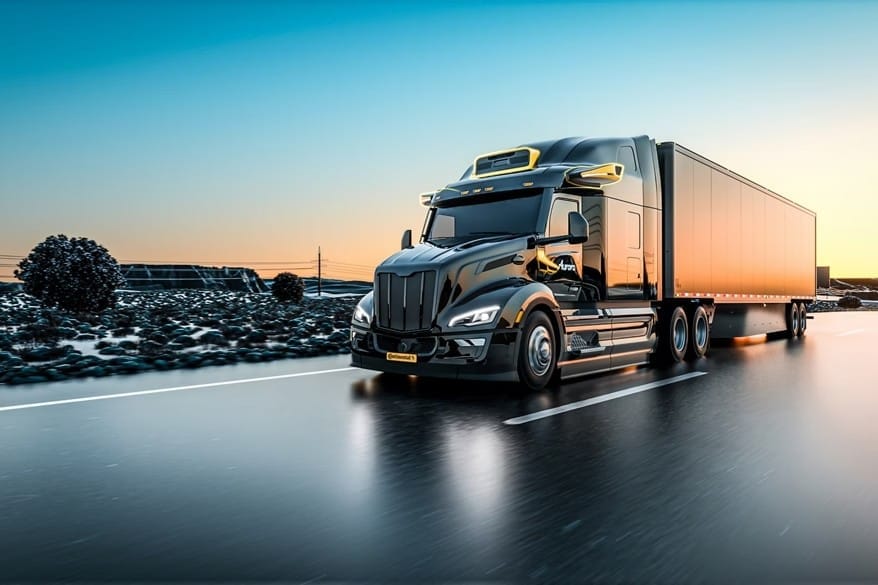
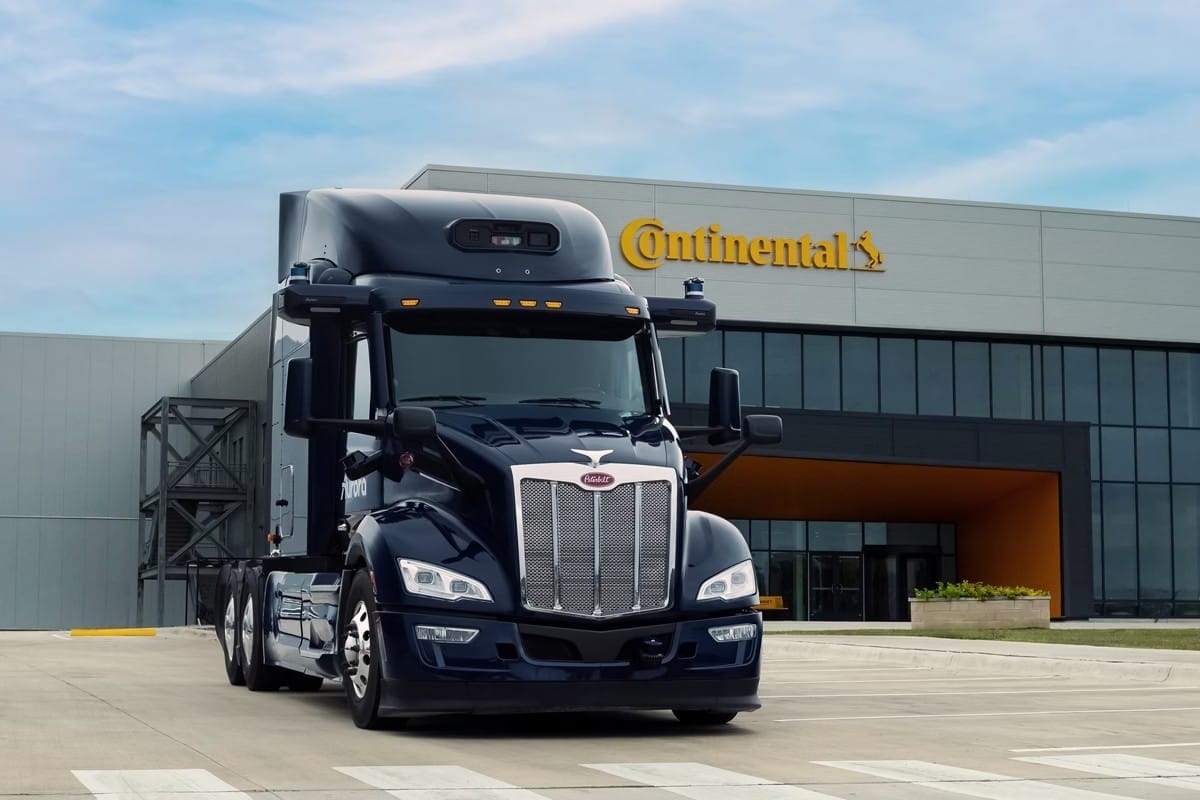
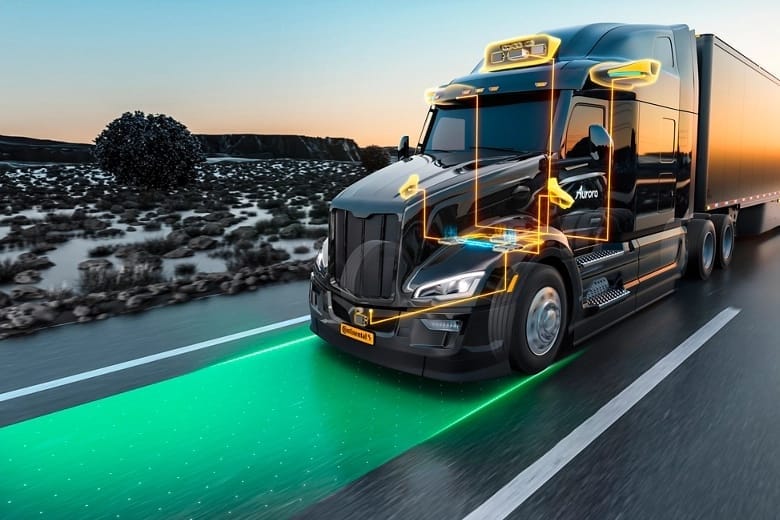
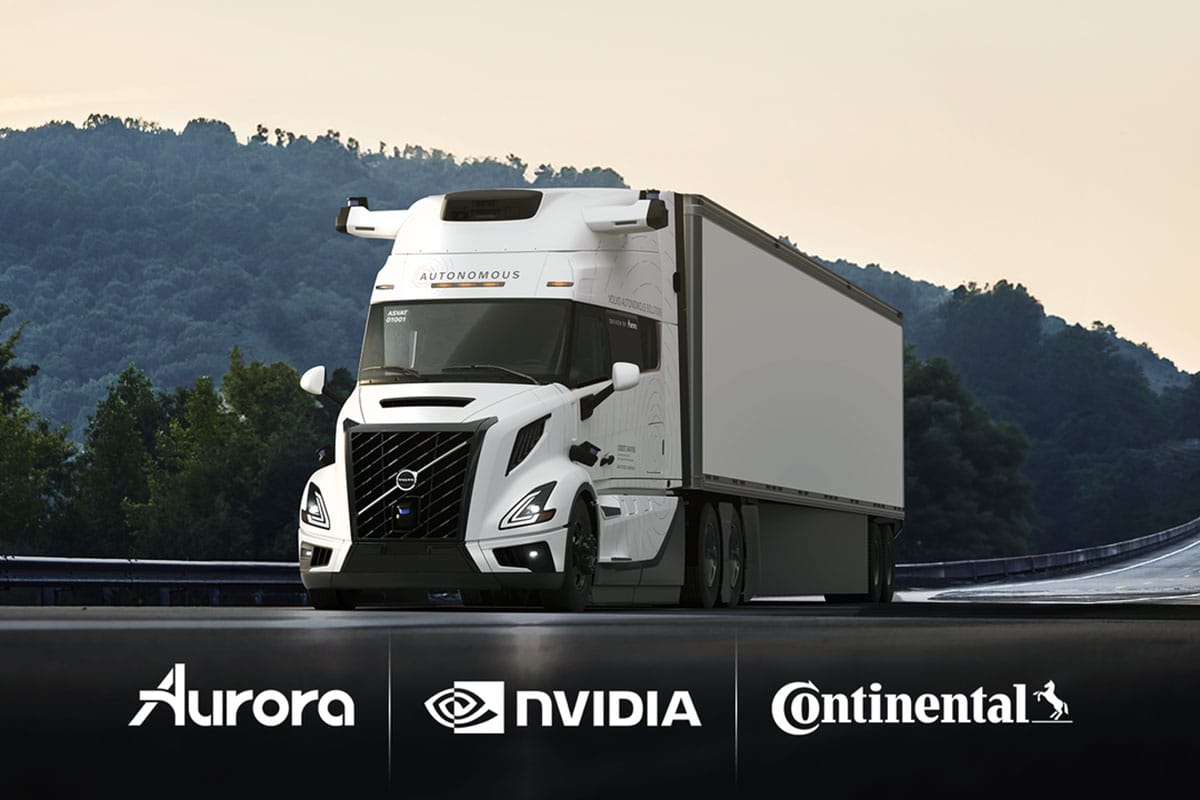
This market could develop faster in the USA than elsewhere, as according to Aurora, “most U.S. states today allow for driverless vehicles, including Texas, New Mexico, and Arizona.” Customers could also become an important driver: “Moving autonomous commercial freight without anyone behind the wheel is a historic step forward in our mission to build a smarter and more efficient supply chain, and one we’re proud to lead alongside Aurora,” emphasised Lior Ron, founder and CEO of Uber Freight.
The second pilot customer puts it a little more cautiously: “Transforming an old school industry like trucking is never easy, but we can’t ignore the safety and efficiency benefits this technology can deliver,” said Richard Stocking, CEO of Hirschbach Motor Lines. “Autonomous trucks aren’t just going to help grow our business – they’re also going to give our drivers better lives by handling the lengthier and less desirable routes.”


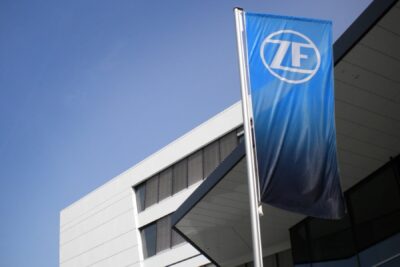
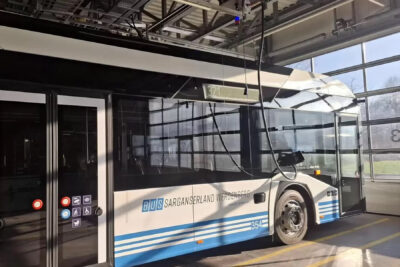
0 Comments